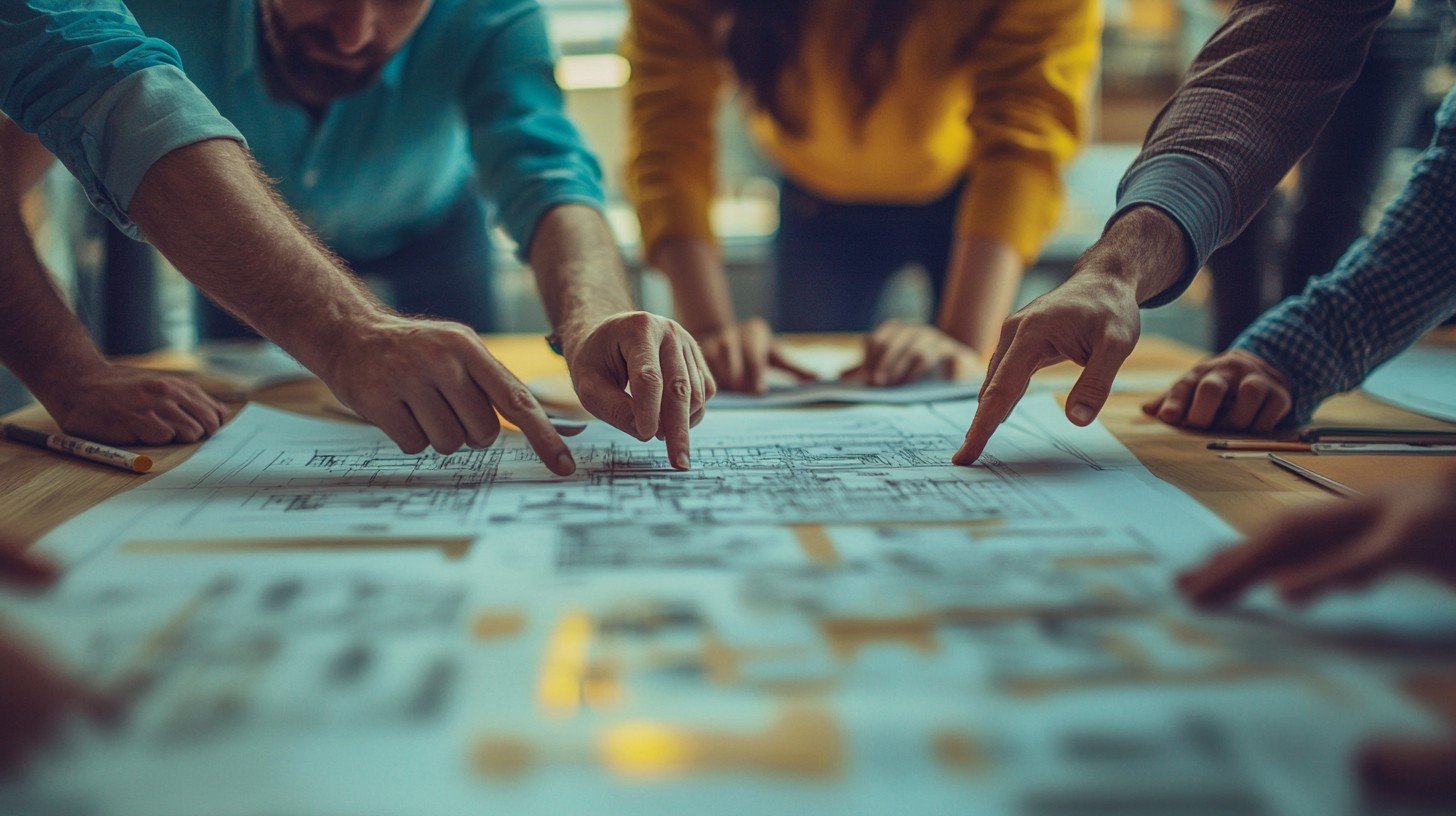Designing a restaurant is a complex process that requires careful planning and execution. While it’s exciting to bring a vision to life, there are common pitfalls that restaurateurs can fall into during the design process. Understanding these mistakes and knowing how to avoid them can save time, money, and stress in the long run.
Pitfall 1: Rushing the Design Process
One of the biggest mistakes I’ve seen is rushing through the design process. Some clients are eager to see renderings and final designs before fully fleshing out their concept. However, the early stages—concept design and schematic design—are crucial for setting the foundation.
Skipping or speeding through these stages can lead to costly changes later on. For instance, in one project, the client was keen to get to the rendering phase too quickly. We had to pull back and revisit key operational elements, such as the kitchen layout and seating arrangements, which were crucial for functionality.
The lesson here: Don’t rush. A well-thought-out design is worth the time it takes.
Pitfall 2: Neglecting Operational Flow
Another common mistake is focusing too much on aesthetics at the expense of functionality. A beautiful restaurant that doesn’t operate efficiently will ultimately fail to meet guests’ needs. For example, in one of my bar designs, the bar area was initially placed too far from the kitchen, leading to slow service times. We had to rethink the entire layout to ensure smooth traffic flow for both staff and guests.
Before focusing on decor, make sure the operational flow works seamlessly. Think about how staff will move through the space, how guests will interact with different areas, and how the kitchen and bar will communicate.
Pitfall 3: Ignoring Budget Constraints
Designing a restaurant without a clear budget can lead to frustration. It’s important to align design ambitions with financial realities early on. I’ve worked with clients who had grand visions, but without clear budget guidelines, we had to make significant adjustments during construction, delaying the project and increasing costs.
By setting a realistic budget from the start and sticking to it, you can avoid the disappointment of having to scale back mid-project.
Pitfall 4: Overcomplicating the Design Without a Clear Vision
While intricate, layered designs can be stunning when executed with a clear vision, overcomplicating a space by mixing too many styles or elements without a cohesive plan can lead to confusion and a lack of harmony. Some restaurateurs are eager to incorporate various design trends and features, but without a solid direction, this can result in a cluttered, overwhelming atmosphere that detracts from the overall experience.
It’s important to differentiate between a deliberately complex design—where every detail serves a purpose—and a space where elements are thrown together without clear reasoning. For example, in one of my casual dining projects, the client initially wanted to combine bold patterns, bright colors, and ornate furnishings. While each of these elements had potential, they clashed when placed together without a unifying concept. We refined the design by focusing on one bold statement, which allowed the space to feel intentional and visually cohesive.
The key is to ensure that every design element, no matter how intricate, fits into the bigger picture. Without a clear direction, even the most creative ideas can feel chaotic. When the design is guided by a well-thought-out plan, complexity can shine without overwhelming the space.
Pitfall 5: Not Involving Key Stakeholders Early
Lastly, another pitfall is not involving key stakeholders—such as chefs, kitchen staff, or operations teams—early in the design process. For instance, in one restaurant design, the chef’s feedback on kitchen flow was invaluable for optimizing the layout. Without their input, we might have overlooked critical operational needs.
To avoid this, make sure all key players are involved from the beginning, ensuring the design supports the operational needs of the restaurant.
By avoiding these common pitfalls, you can ensure a smoother design process and create a space that not only looks great but functions perfectly for both staff and guests.


2 responses
I am extremely inspired with your writing talents and also with the layout on your weblog. Is this a paid topic or did you customize it yourself? Either way stay up the nice quality writing, it’s uncommon to look a nice blog like this one nowadays!
Thank you for your kind words — I’ve customized the blog myself to reflect the same care I bring to my interior architecture projects worldwide. I’m glad Common Pitfalls in Restaurant Design and How to Avoid Them resonated with you.